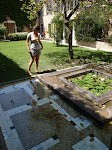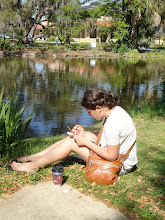The modernists believed that a building is perfect and in its ideal state only after completion of construction it then enters a downward spiral to deterioration due to inhabitation and weathering. Why dwell upon solutions to avoid weathering and deterioration when they will forever be inevitable? What if a shelter could still perform as a shelter, but simultaneously embrace and invite in environmental processes?
All materials are impressionable. They gradually record the evidence of daily life, human and naturally made. Weathered surfaces contribute to their exterior spatial conditions, giving them a sense of character and integrity. Because surfaces are under the continual process of weathering, the spaces they define will only grow stronger in appeal and spatial character over time. The invitation for weathered evidence to come inside will then define interior space to a comparable integrity.
Some materials can weather under any circumstance, while others are more affected when assisted through their relationship to another material. Factors of orientation, placement, porosity of material and overall climactic location directly cause particular weatherings. The lack of porosity is a factor that will hinder weathering and require a “stainer”, or agent that stains. However, different compositions of porosity are critical in preserving more or less traces on any surface. The stainer must be formally related to the vehicle, a surface that transports effects, to the receiving surface. It is when a material demands the use of a stainer, vehicle and receiver that the definition of space is achieved. The impressioned material, as a surface condition, then becomes a distinctive spatial condition.




No comments:
Post a Comment